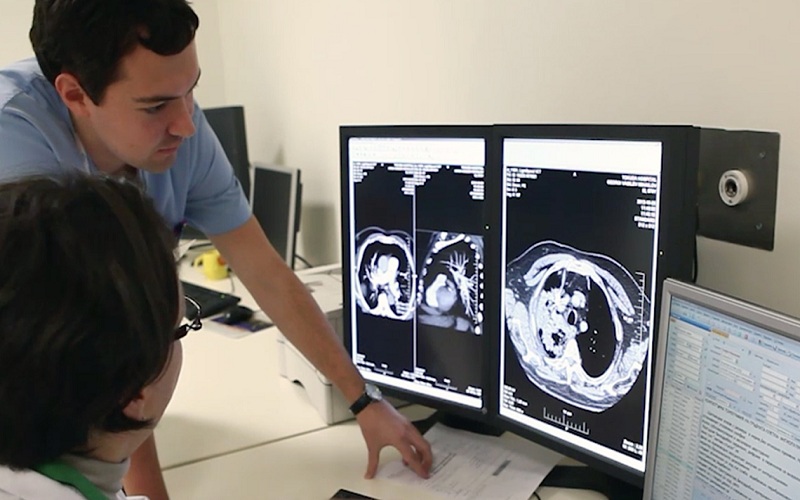Can you imagine a world without medical imaging? I can’t. Picture this: you’re in neuroradiology colorado – a leading hub of innovation in the field. The air buzzes with a sense of purpose and determination. We’re diving into the safety measures in diagnostic imaging today. This might sound technical, even scary. But it isn’t. It’s about making sure you stay safe while getting the care you need. It’s about harnessing the power of technology, without letting it harm us. Let’s demystify this together.
Understanding the Basics
First off, what is diagnostic imaging? Simply put, it’s using technology to look inside your body. It’s like having a superpower – seeing what the naked eye can’t. X-rays, MRIs, CT scans – these are all types of diagnostic imaging.
The Irony of Imaging
Here’s the irony – these superpowers can also pose risks. That’s right, the same technology that helps diagnose can potentially harm. Some types of imaging use radiation. Too much of it can damage cells, and sometimes even lead to cancer. Scary, isn’t it? But don’t panic just yet.
Safety Measures: The Shields
Here’s where safety measures come in – the shields to our superpowers. These measures are in place to protect us from the potential harm. They ensure that the benefits outweigh the risks. They’re the reason why we can use these superpowers safely.
The Golden Rule: As Low As Reasonably Achievable
In the world of diagnostic imaging, there’s a golden rule – the principle of ALARA. It stands for ‘As Low As Reasonably Achievable’. This means that the amount of radiation used should be as low as possible, while still getting a clear image. It’s a delicate balance, but one that’s crucial for safety.
Quality Assurance Programs
There are also quality assurance programs in place. These programs make sure that the equipment is working properly. They ensure that the machines are not giving off more radiation than needed.
Trained Professionals
Lastly, there’s the role of trained professionals. The folks in neuroradiology, for instance, are experts in their field. They know how to use the equipment correctly. They know how to get the best image with the least amount of radiation.
Conclusion
So, there you have it. The world of diagnostic imaging is not as scary as it seems. Yes, there are risks. But there are also safety measures in place. Measures that protect us from potential harm. Measures that allow us to harness the power of technology while staying safe. So, the next time you need an X-ray or MRI, you can breathe a sigh of relief. You’re in safe hands.

